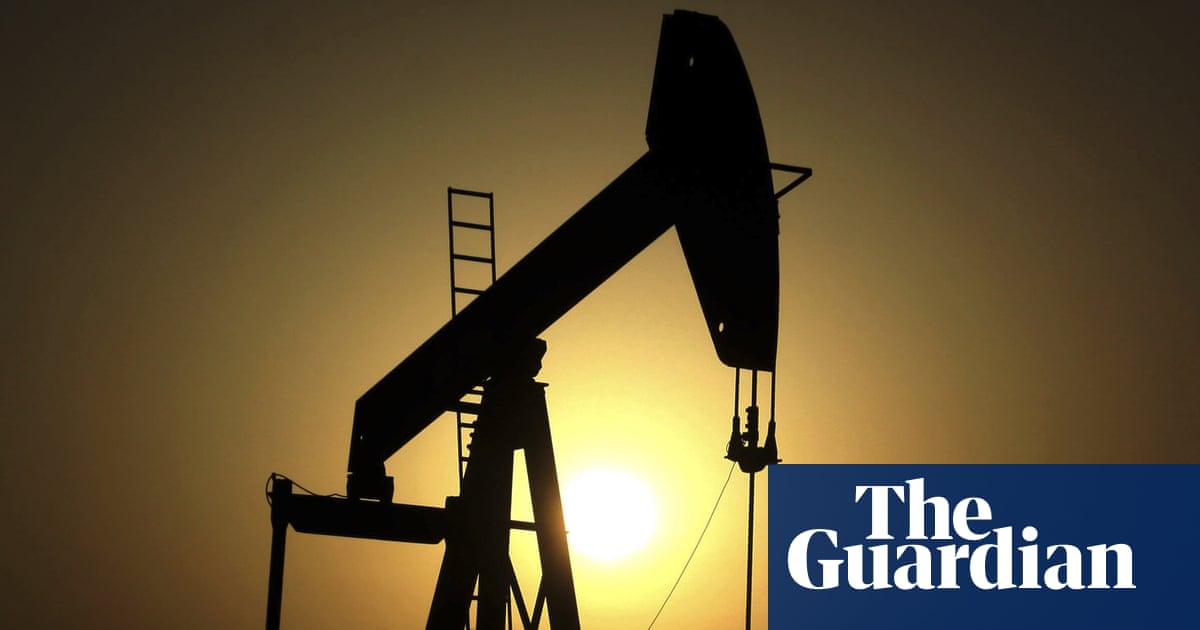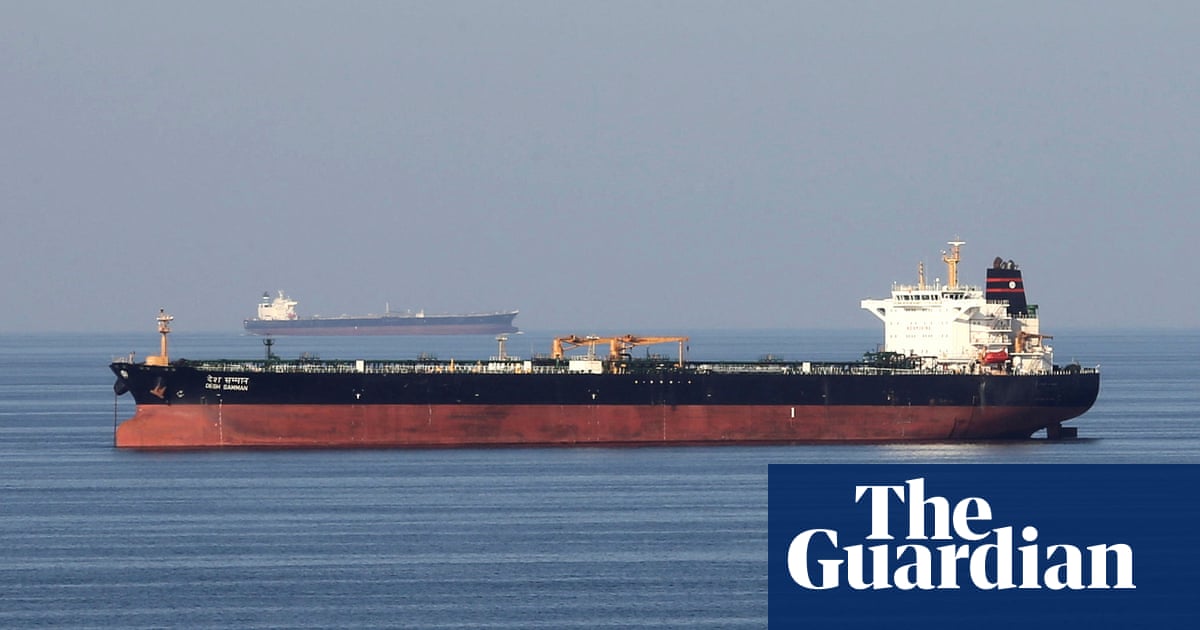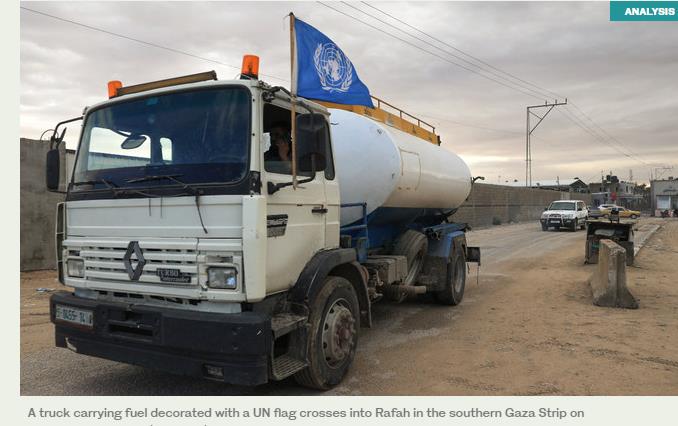
Warning bells went off in financial markets the instant the extent of the deadly Hamas attack on Israel became apparent – and it is easy to see why.
One of the rules of thumb of geopolitics is that recessions are sparked by a sharp jump in oil prices, and the cost of crude is sensitive to events in the Middle East.
Little wonder then that the war between Israel and Hamas has meant scenario planners have been working to answer the question being asked by finance ministers and central bank governors from around the world: how bad could it get?
Kristalina Georgieva, the managing director of the International Monetary Fund, said last week that analysts at her organisation had been “thinking the unthinkable” in an attempt to plan for the next big shock to the global economy.
In truth, the risk of what at present is a localised – if horrific – conflict in Gaza – turning into something far more serious does not really fall into the category of the “unthinkable”. There are plenty of historical precedents.
It was presumably no coincidence that Hamas chose a week last Saturday to launch an attack, since it was – almost to the day – the 50th anniversary of the start of the Yom Kippur war, a joint assault on Israel by Syria and Egypt that brought the global postwar boom to an end.
Israel’s counteroffensive in 1973 prompted an oil embargo from the Opec cartel, which resulted in a fourfold increase in the price of crude, spiralling consumer prices and a huge increase in business costs. Higher inflation was rapidly followed by higher unemployment. A new word was coined to describe a mixture of a soaring cost of living and a collapse in growth: stagflation.
Opec is no longer such as dominant a force and the global economy is not as dependent on oil as in the early 1970s. The Center on Global Energy Policy at Columbia University in New York noted that five decades ago, the world used a little less than one barrel of oil to produce $1,000 worth of gross domestic product. By 2019, the figure was 0.43 barrels – a 56% decline. “Oil has become a lot less important and humanity has become more efficient in making use of it,” the research centre said.
That said, oil still matters, which is why events in the Middle East are being so carefully monitored.
The first scenario – and the best-case one for the global economy – is that the war is contained to an Israeli ground assault on Gaza Strip. In those circumstances, oil prices would stabilise at about their current level of $93 (£76) a barrel and could soon start to fall back. The IMF estimates that a sustained 10% increase in oil prices shaves 0.15 percentage points off global economic growth and adds 0.4 points to inflation in the following year. On the world’s commodity markets, the cost of a barrel of crude is now about 10% higher than it was before the Hamas attack.
The second scenario involves a broader regional conflict, starting with fighting on Israel’s northern border with Iranian-backed Hezbollah forces in Lebanon, but eventually dragging Iran into the conflict. The arrival of US carrier groups in the eastern Mediterranean suggests Washington is making contingencies for this.
Nicholas Farr, an economist at the research firm Capital Economics, said: “Iranian-backed Hezbollah has exchanged missile fire with Israel from Lebanon, which has the potential to open up a new front in the conflict. If Iran were drawn into the war this would create major global risks by disrupting energy supplies and pushing up oil prices. Natural gas prices could be affected too if there’s disruption to LNG [liquefied natural gas] exports.”
Writing for the OMFIF thinktank, the economist and crossbench peer Meghnad Desai, said he could envisage a broader regional conflict in which Lebanon, Egypt and Syria, as well as other Arab states became embroiled. In those circumstances, Lord Desai said the oil price could approach $150 a barrel, sending inflation back into double digits in the US and Europe. The threat of global recession would prompt central banks to cut interest rates and restart quantitative easing programmes.
For oil to reach $150 a barrel, the flow of crude on to global markets would need to be interrupted, probably by the closure of the strait of Hormuz through which almost 20% of the world’s supply flows daily. Bjarne Schieldrop, the chief commodity analyst at the Nordic financial services group SEB, said: “The fear is that the conflict might spiral out of control and eventually lead to real loss of supply, with Iran being most at risk.” According to Schieldrop, geopolitical risk premiums of the sort seen in recent days tend to be short-lived unless actual supply disruptions occur.
Saudi Arabia, the world’s biggest oil exporter and Opec linchpin will have a critical role to play. It has an interest in keeping the cost of crude high, but not so high that it causes a deep global recession because that would result in oil prices collapsing. There will be pressure on Riyadh – from Washington and elsewhere – to keep oil flowing.
Finally, there is the doomsday scenario – sketched out by the historian Niall Ferguson – in which China takes advantage of the crisis to impose a blockade on Taiwan and by doing so escalates a regional conflict in the Middle East into a third world war. Even if fought by conventional methods, a military conflict between the world’s two biggest economies would lead to a severing of global supply chains, a blow to confidence and crashing asset prices. It would have catastrophic economic consequences, up to and including a second Great Depression.











